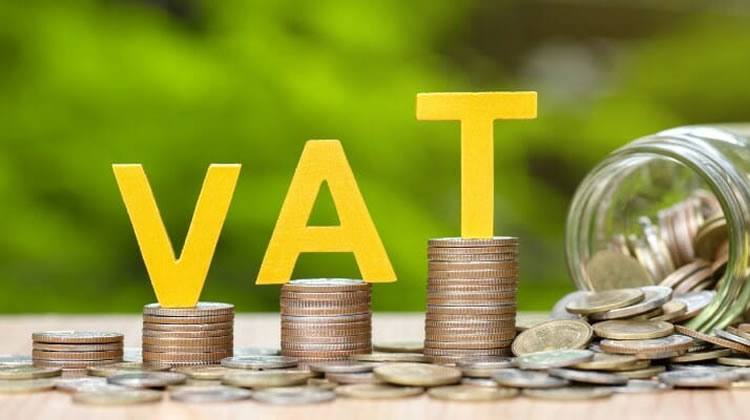According to the most recent data from the National Bureau of Statistics (NBS), Nigeria’s Value Added Tax (VAT) revenues continued to rise in the second quarter of 2023, reaching a total of N781.35 billion.
When compared to the previous quarter’s VAT receipts of N709.59 billion, this indicates an astounding 10.11% gain.
This paper goes into the particulars of this expansion, outlining important trends and industry sectors.
The statistics provided interesting insights when the VAT collections for Q2 2023 were broken down. Local payments made up the majority, at N512.03 billion, followed by foreign VAT payments at N142.63 billion. During the same time frame, import VAT made a considerable contribution of N126.69 billion.
Extraterritorial organizations and bodies emerged as the leaders after analyzing the quarter-over-quarter growth rates across industries, with an astounding growth rate of 212.06%.
Following closely behind with a strong growth rate of 123.09% were real estate-related operations.
The activities of households that employ people and their undifferentiated operations that produce products and services for their own use, which had the lowest growth rate at -57.06%, told a different narrative. With a growth rate of -32.86%, agriculture, forestry, and fishing also had difficulties.
Sector-specific Contributions
Manufacturing commanded a large 29.64% share of the sectors contributions to VAT collections in Q2 2023, taking the lead.
With a share of 21.19%, the financial and insurance industry took second place, closely followed by the information and communication sector with 11.18%.
The bottom of the ranking, with a contribution of just 0.01%, was held by the activities of households as employers and undifferentiated goods- and service-producing activities of households for private consumption.
Activities related to water supply, sewage, waste management, remediation, and extraterritorial organizations and bodies made up a small 0.05% percentage of all activities.
Year-on-year increase
VAT collections showed significant rise in Q2 2023 when compared to the same quarter the year before, recording a phenomenal 30.19% increase from Q2 2022.















